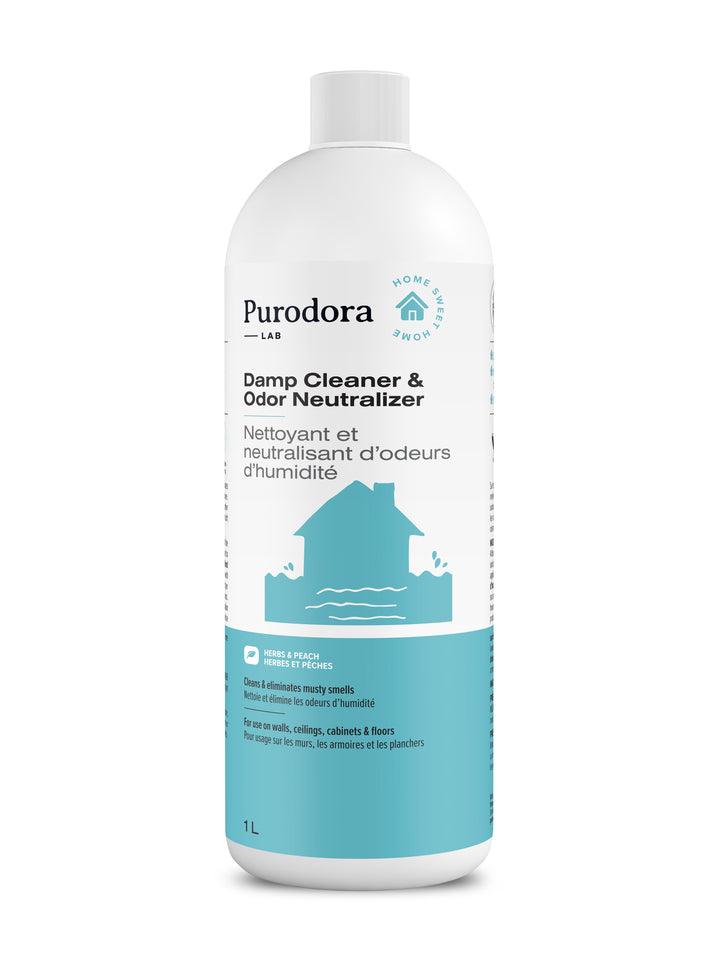A flood or water damage in a home can be panic-inducing for anyone. Knowing what to do and acting quickly are key. Obviously, you first need to stop the source of the flood or water damage. Then you need to dry everything out and repair the damage. Here are some expert tips to keep in mind if you decide to do this work yourself so that you don’t inadvertently expose your home to mold growth and permanent dank or musty smells.
Remove all traces of water and dry affected areas
According to the disaster restoration specialists at Steamatic, here are the first steps to take in the event of a flood or water damage in a home:
- Disconnect the power
- Move furniture and electrical appliances to a safe, dry space.
- Quickly sop up the water from the floor with old towels and a bucket. (If the sewers in your neighborhood aren’t blocked, you can pour the water down the drain. Otherwise, dump it on your lawn or any other permeable surface. Some vacuums can also pick up water.)
- Dry the affected areas completely. (Using fans and dehumidifiers will help speed up the process.)
Note that wet drywall is a great medium for mold growth, so affected areas will probably need to cut away. For baseboard trim, Steamatic recommends taking a quick look: “If you have baseboard trim, take it up first, and if it’s made from pressboard it will likely not be salvageable. If it was wood, you might be able to save it.”
These above steps should be done as soon as possible.
Next, you need fully prevent mold growth. This step is not to be taken lightly. Otherwise, you may end up with poor air quality in your home, exposing you and your family to potential health problems such as asthma, respiratory problems, etc.
Disinfect and prevent mold growth
Once surface are dry, spray them with a good disinfectant to destroy any bacteria that may have come up through sewage and toilets. Be sure to treat any and all areas that may have been exposed to water. The disinfectant will eliminate the spore roots and prevent mold from growing.
Always disinfect surfaces thoroughly and allow them to dry overnight.
Eliminating musty smells from water-damaged surfaces
Before closing up the walls or laying a new floor covering, make sure you get rid of all traces of musty smells first. Otherwise, the musty odor will remain and seep through your new walls and floors.
To get rid of damp or humid smells, use a product specifically designed for this purpose, such as Damp Odor Neutralizer.
For surfaces such as concrete, plywood, rough wood, walls, etc.:
- Dilute ½ cup (120 ml) of Damp Odor Neutralizer in 1 gallon (4 liters) of water.
- Use a spray bottle or cloth to apply diluted neutralizer directly to affected surface.
- Allow surface to air dry.
Damp Odor Neutralizer can also be used with a carpet cleaner to remove musty smells from carpets.
Did you know?
Odor molecules are volatile, which means they also end up in the air. To eliminate the musty smell in your home completely, you’ll also need to treat the ambient air.
If you have an air conditioning or air exchange system:
- Spray the filters with the diluted Damp Odor Neutralizer.
- Reinstall the still-wet filters and run the system for an hour or so to distribute the odor neutralizer throughout the air ducts and the ambient air.
If you don’t have an air conditioning or air exchange system:
- Spray the diluted Damp Odor Neutralizer onto a clean cloth.
- Hang the damp cloth over a standing fan.
- Run the fan for one hour in the affected room.
- Respray the cloth and repeat this step in each room.
You may need to repeat this process several times in a room with a strong musty smell. Eventually, the odor neutralizer will reach all the odor molecules suspended in the air and the musty smell will be gone for good!












